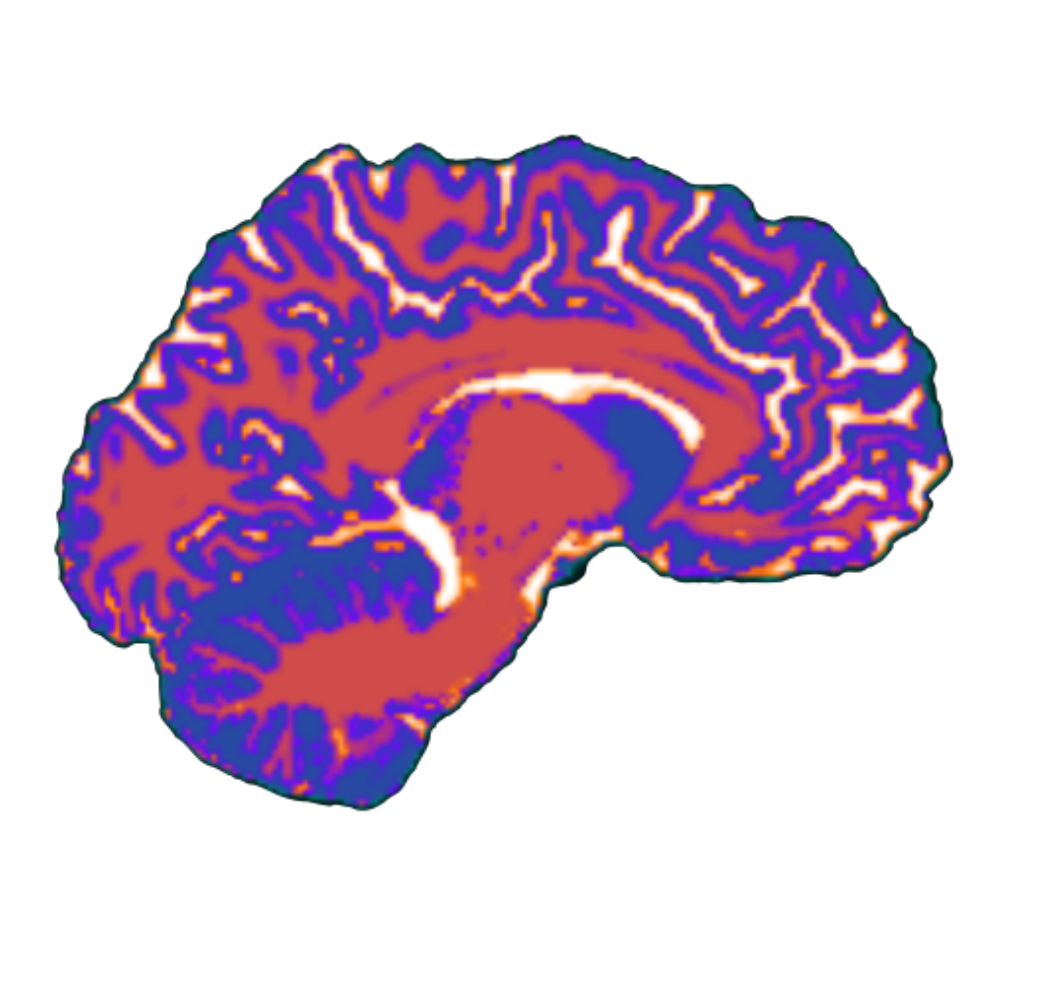Subcortical Translational Neuroimaging
Much of the points below came from a article by Klein-Fugge et al. (2022)
Overall goal
- identify specific relatoinship between dimensions of mental health and connectivity in precise subcortical networks
Gap
- predictions in translational neuroimaging studies typically rely on a large number of brain regions, networks, or edges. impressive prediction accuracies come at the cost of reduced anatomical specificity.
- another problem, unrelated to improving anatomical specificity, is relating baseline neural measures to mental well-being. disorders are ill-defined and span a broad range of impairments that are not consistently present in all patients diagnosed with the same disorder, and symptoms are partly overlapping between disorders.
- ^^ one of the reasons why a classifier trained to distinguish a depressed from a non-depresse person reveals a broad network of regions instead of mapping onto well-defined and anatomically interpretable brain circuits.
- new approach: focus on specific rather than broad symptom categories - may be possible to relate them to specific brain circuits
Approach: Behavior
- authors examined variance in mental health dimensions along a continuum spanning the subclinical range..
- they analysed 33 markers including measures from the NIH toolbox “emotion” Ususcales: psychological well-being, social relationships etc.)
- To capture latent dimensions that produce mental well-being, they performed a factor analysis that resulted in four main factors: social and life satisfaction, negative emotions, sleep, anger and rejection
- visualize factor loadings onto behavioral scores.
Approach: Latent mental health dimensions x brain connectivity
- does FC between specific amygdala nuclei and ROIs carry information about mental well-being as captured by four latent mental health dimensions?
- can you predict mental health dimensions in held-out data using a weighting of FC values derived from an independent dataset?
